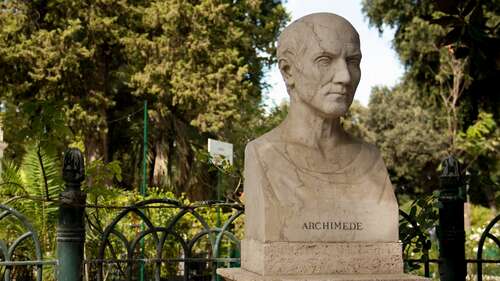
If you need a better understanding of just how advanced Archimedes was, consider the odometer. The digital readout on your vehicle has a fairly important purpose today, allowing you to keep track of the mileage on your car to determine when it needs maintenance, such as routine oil changes and tire rotations. However, that device has its roots in an age where the mechanics of vehicular transportation were a steed and two wheels.
Archimedes really enjoyed gear systems, and one of his most important allowed riders to gauge the distance they traveled, setting the framework for the modern odometer. The simple system included a single-toothed gear, a larger gear with hundreds of teeth, and small stones. When the smaller gear completed one revolution, it moved the larger gear, which dropped a stone into a box.
Knowing how long it would take for the smaller gear to complete a rotation, at the end of a ride, each stone dropped would represent that distance traveled. In Hero of Alexandria’s construction of the device, first mentioned in chapter 34 of his “Dioptra”, a revolution was one Roman mile, or 1,480 meters. If 50 stones dropped, then the chariot would have traveled 74,000 meters or just under 46 miles.
Though Roman architect Vitruvius described such a device somewhere between 27 and 23 B.C., it’s still believed Archimedes was the pioneer of its design during the First Punic War.

